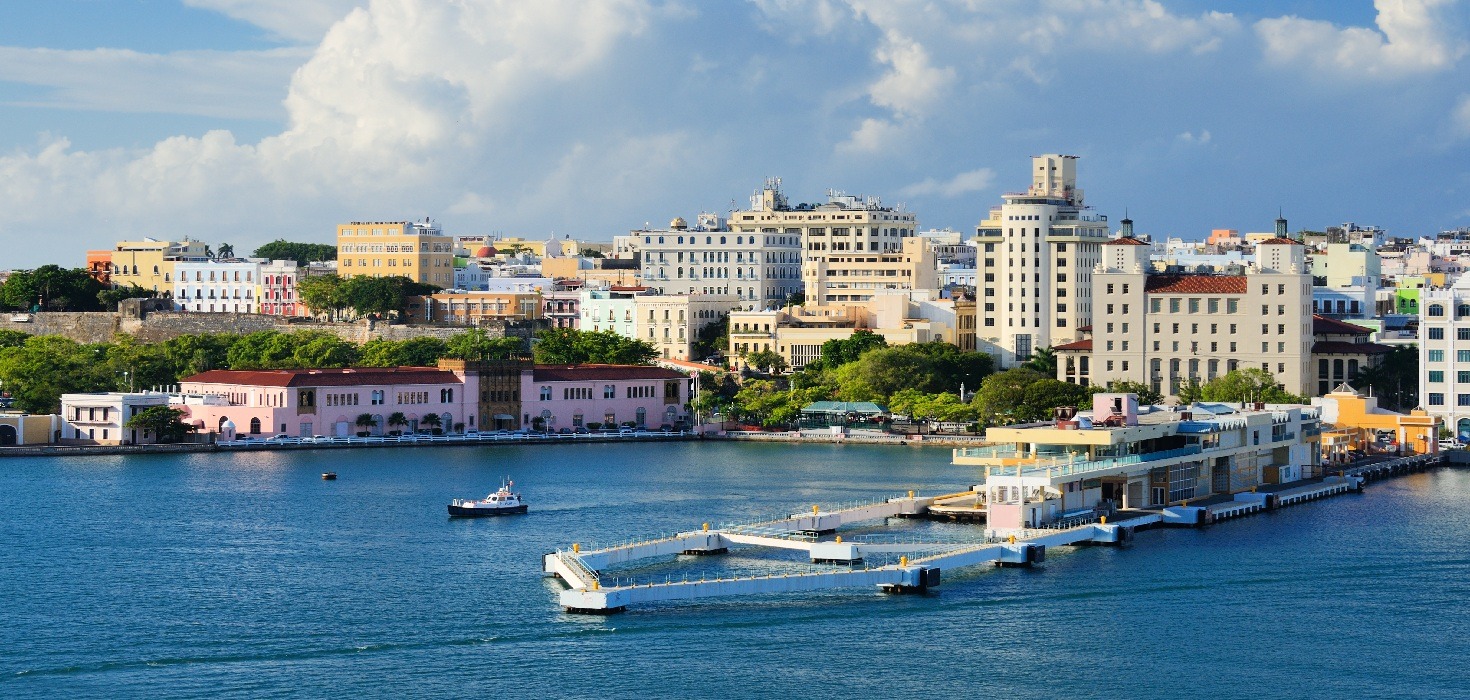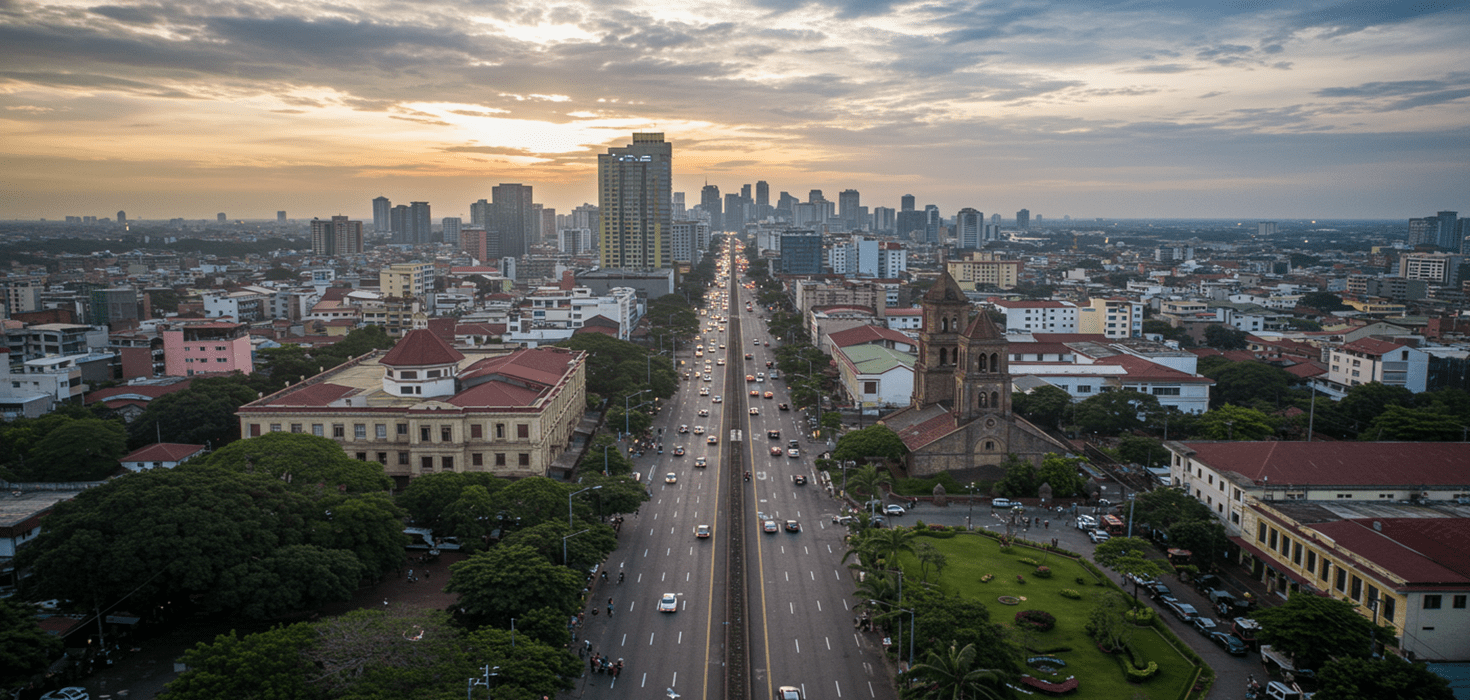Overview: The Czech Republic offers a comprehensive transportation network, including public transit, intercity trains and buses, taxis, ride-hailing, and car rentals. Payment is widely accepted via contactless cards and mobile apps.
- Public Transport: Major cities like Prague, Brno, and Ostrava operate extensive metro, tram, and bus systems. Prague’s metro has 3 lines (A, B, C) and over 60 stations. Trams and buses run frequently in urban areas.
- Key Apps: PID Lítačka (Prague public transport), IDOS (nationwide schedules), Uber and Bolt (ride-hailing in major cities).
- Internal Flights: Limited due to short distances. Main domestic airline: Czech Airlines (ČSA). Prague Václav Havel Airport is the primary hub.
- Intercity Trains & Buses: České dráhy (ČD) is the national rail operator. Private companies include RegioJet and Leo Express. Major routes connect Prague, Brno, Ostrava, and Plzeň. Intercity buses are operated by RegioJet, FlixBus, and Arriva.
- Taxis & Ride-Hailing: Taxis are metered; ride-hailing apps (Uber, Bolt) are widely available in cities. Fares are regulated in Prague.
- Car Rental & Driving: International Driving Permit (IDP) recommended for non-EU licenses. Major rental agencies operate at airports and city centers.
- Airport Transfers: Airport Express bus and public buses connect Prague Airport to the city center. No metro at the airport.
- Accessibility: Most metro stations and new trams are wheelchair accessible. Assistance is available on request.
- Unique Local Transport: Prague offers funicular railways (e.g., Petřín Hill). No tuk-tuks or rickshaws.
- Safety & Payment: Public transport is reliable and safe. Tickets can be purchased at machines, kiosks, or via mobile apps. Contactless payment is common.











